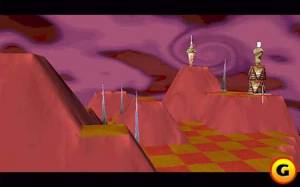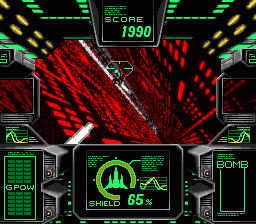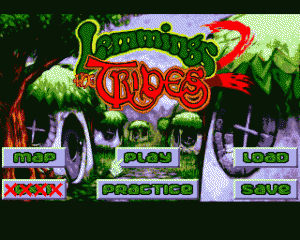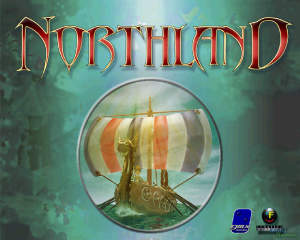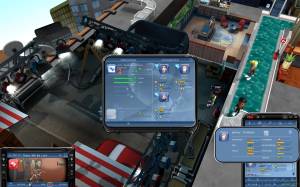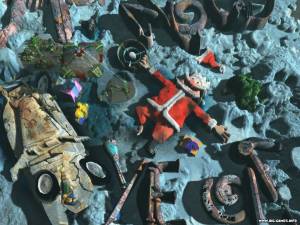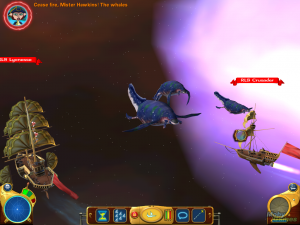Game Classification
Forgotten Lands: First Colony Blue Tea Games, Big Fish Games (U.S.A.), 2008
Classification
VIDEO GAMEKeywords
Market
This title is used by the following domains:- Entertainment
Audience
This title targets the following audience:Age : 12 to 16 years old / 17 to 25 years old
General Public
Gameplay
The gameplay of this title is Game-based(designed with stated goals)
The core of gameplay is defined by the rules below:
Similar games
 Forgotten Lands: First Colony plays like a simplified version of classic real-time strategy games like the original Warcraft and Settlers. Instead of the large scrolling maps usually found on titles like this, the screen is fixed showing all the units and buildings, along with the game interface. The focus is on resource gathering and construction, with goals listed on the scroll at the bottom that have to be achieved within a time limit. Resources are generated after each work cycle, that takes a few seconds to happen.
Forgotten Lands: First Colony plays like a simplified version of classic real-time strategy games like the original Warcraft and Settlers. Instead of the large scrolling maps usually found on titles like this, the screen is fixed showing all the units and buildings, along with the game interface. The focus is on resource gathering and construction, with goals listed on the scroll at the bottom that have to be achieved within a time limit. Resources are generated after each work cycle, that takes a few seconds to happen.
The units are bought and created on the town hall, where they are also deployed. The player has to drag and drop the units to a place where they can perform their tasks. The worker unit can be a farmer, lumberjack, miner, builder and repair damaged buildings, creating lots of resources and one gold piece. The merchant can be placed on most buildings, generating one resource and several gold coins. The scholar doesn't generate resources, but can allow upgrades to the buildings making them more efficient. Only the scout can dig for resources on specific places. The cultivator only works on farms, creating more food than the regular serf. The defender stops the arguments and strikes between the workers that stop resource production.
Buildings are constructed by the workers, on spots marked with a flag. The buildings can also be demolished, leaving a place to build a new one. With the exception of the town hall, all the buildings have a specific function, with a limited number of worker slots around it. Buildings that can be upgraded show a green arrow after the scholars work on them for some cycles, with the cost being a combination of resources.
The farm creates food, that allow the population to increase. When the number of people surpasses the food production, a timer with a chicken drumstick icon appears over the town hall, and every time it finishes its cycle one of the unit dies. The market generates money, and can also be used to sell and buy resources directly. The lumber mill makes wood, and the mine produces jewels.
When an unit can't work, sometimes because it is deployed on the wrong building, it starts drinking to show that is idle. Silos and ponds appear on some of the levels. They increase the production of nearby buildings, but can't be built by the workers. Certain buildings and flag spots have to be bought from the native population, that only accepts jewels as payment. [source:mobygames]
Distribution : Retail - Commercial
Platform(s) : PC (Windows)
 Français
Français English
English





